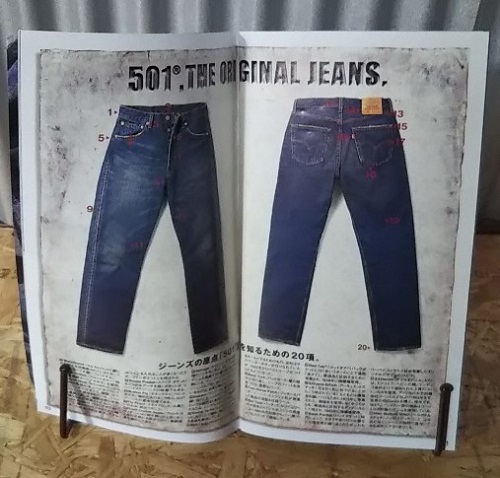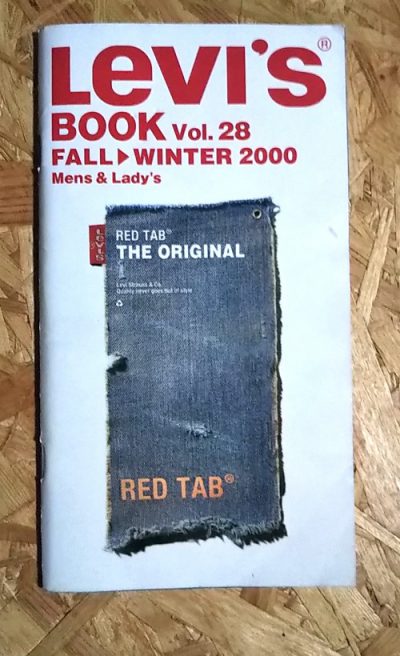The fashion of vintage jeans that continued from the latter half of the 1980s reached its peak in the 1990s and continued in 2000.
If you look at the catalog, it’s 501 is reprinted by age, corduroy and picket material products, and even made for children.
The silhouette and details are faithfully made.
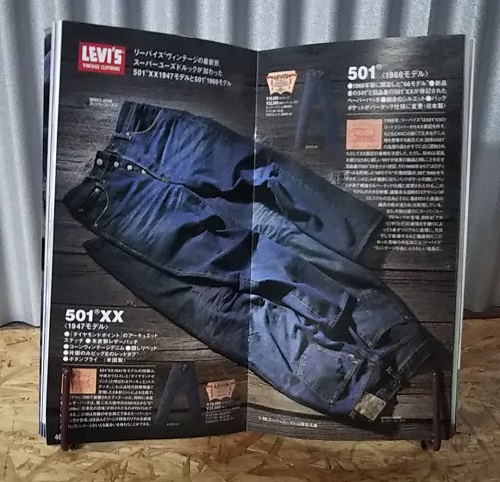

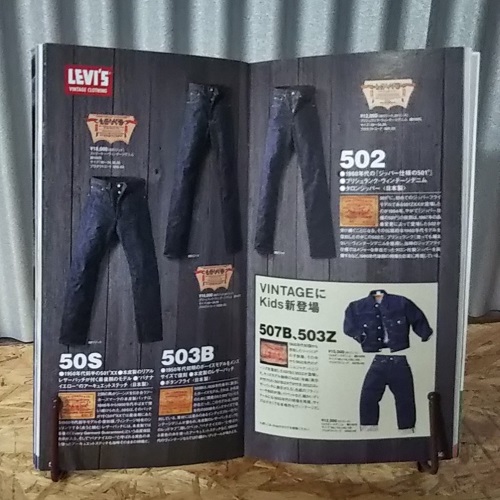
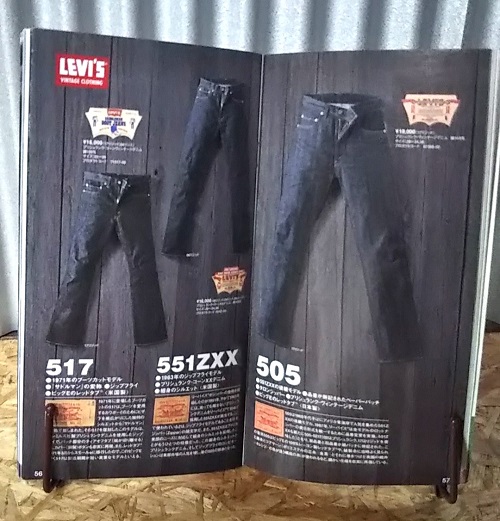


here is a model called “50S” in it.
Levi ’s 501 in the 1950s is popular with Japanese people.
Replica brands always have “XX models”.
In the 1950s, the Levi ’s 501 changed from a leather label to a paper label, and the details changed between early and late, but I remember that the model that incorporated only the good points of the 1950s was the “50S”.
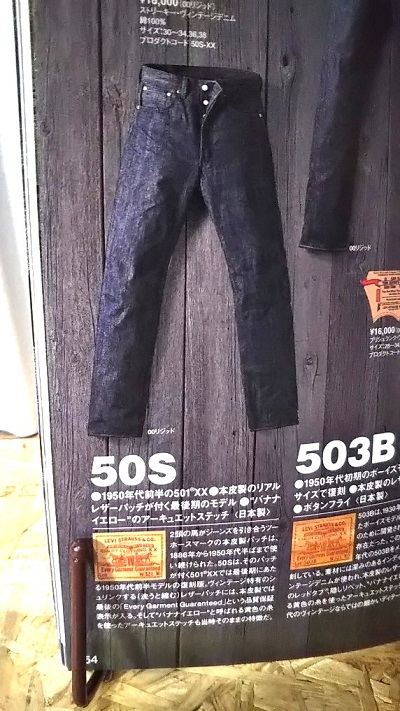
Vintage jeans became popular in the late 1980s, and from that time on, reprinted and replica jeans began to be made.
In the 1990s, Japanese people who liked jeans used to wear non-wash denim “dry denim / low denim” once it was shrunk with hot water to make “WHISKE RING” without washing. ((Some people wear it without passing water even once) .))
As you know, jeans have different facial expressions depending on how you wear them.
If you wash it often, it will be a refreshing sky blue, and if you wear it without washing it, it will look dirty.
Many Japanese preferred to wear jeans without washing to make “WHISKE RING”, so not only Levi ’s but other jeans makers sold models with wefts dyed light brown.
This is to make it feel dirty when worn.
Such a model can be seen in Levi ’s 501.
The “501 original” introduced in this Levi ’s book also has dyed weft threads.
